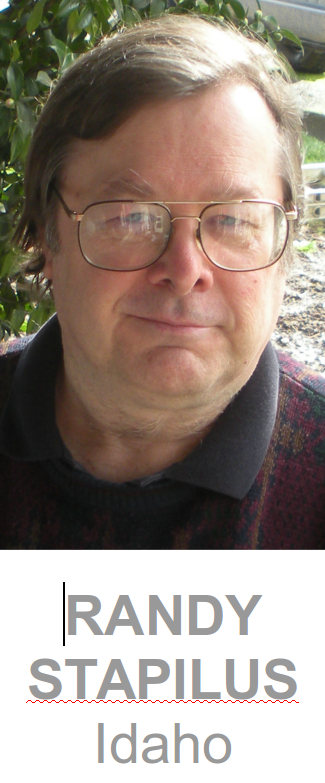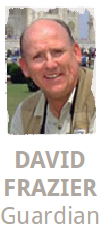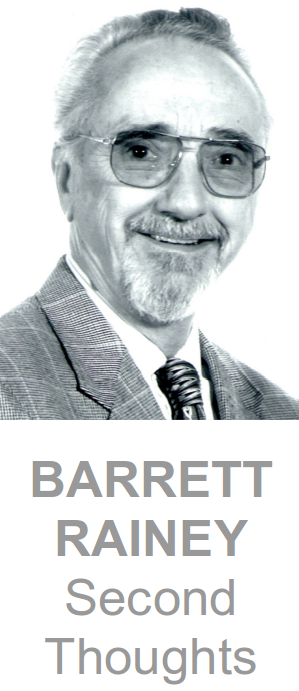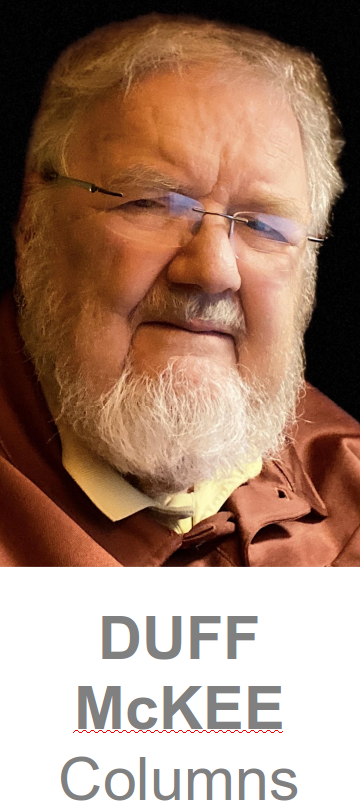
The campaign finance reports that tend to get most attention are those for the big offices, for governor or for Congress (not to mention president). That’s understandable.
But you can find the reports for many Idaho cities too, and sometimes they show you information useful in deciding where your vote should go.
Cities weren’t included when the state’s voters passed the Sunshine Initiative in 1974, but in 1982 the legislature added elective offices - mayor and council - for cities over 16,000 in population to the requirements. In 2004, more cities were added: Those with a population over 5,000.
That means it covers 32 Idaho cities, the smallest of those being Preston; Weiser and Rupert are the next largest to be included. Fruitland, Shelley and American Falls just missed the cutoff.
The details of reporting have been changed, by the legislature, over the years. This year, for example, House Bill 112 changed the rule covering late contributions. It (according to a Secretary of State’s report) “requires all political committees to report within 48 hours all contributions of $1,000 or more received after the 16 th day before, but more than 48 hours before Election Day (as is currently required for candidates). The bill takes effect July 1, 2015.”
Many of the cities post the campaign contribution reports online, which means easy access for voters.
Boise’s Mayor David Bieter, who’s running for a fourth term, has his most current one (the seven-day pre-general report) at http://cityclerk.cityofboise.org/media/310646/bieter7daypregeneral.pdf. It shows substantial contributions indeed, more than $180,000. You could find a lot to look at there. His main opponent, Judy Peavey-Derr, showed contributions of a little more than $15,000. Among other things, this may give you some idea how the race is likely to shape up on election night.
Fine. But does all this tell you anything useful, assuming you’re one of the minority of eligible voters planning to cast a ballot?
It can. On Friday, for example, the Idaho Press-Tribune at Nampa reported that, “The largest contributions to this year’s city council elections in Nampa and Caldwell have come from real estate, construction and development groups.” It proceeded to tell who received how much from who.
That’s of interest and meaningful, especially in growing communities like Nampa and Caldwell. Who are these contributors, what sort of work would they like to do in these cities, and what kind of relationships might they be trying to build? What might that mean for the kind of cities Nampa and Caldwell may become a few years from now?
You don’t have to assume corruption or foul play in asking these questions: The answers could be good ones, depending on your point of view. But they are likely to matter, and could influence your voting choices - in fact, the reporting laws were designed with that in mind. Substantial contributions to city candidates from businesses or other organizations with concerns before a city government tend not to materialize simply because a candidate seems to be a nice guy.
There are implications here, maybe good, maybe bad, which voters taking their job responsibly ought to try to understand.








